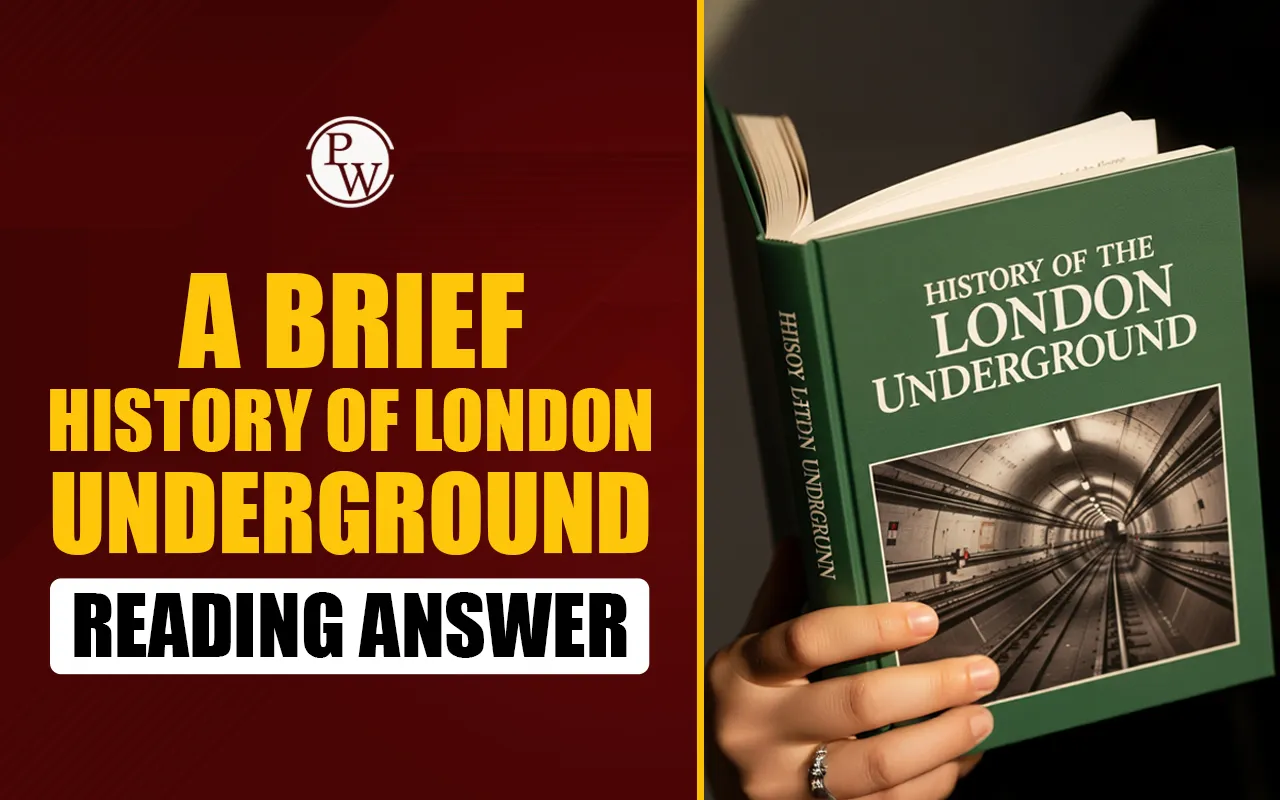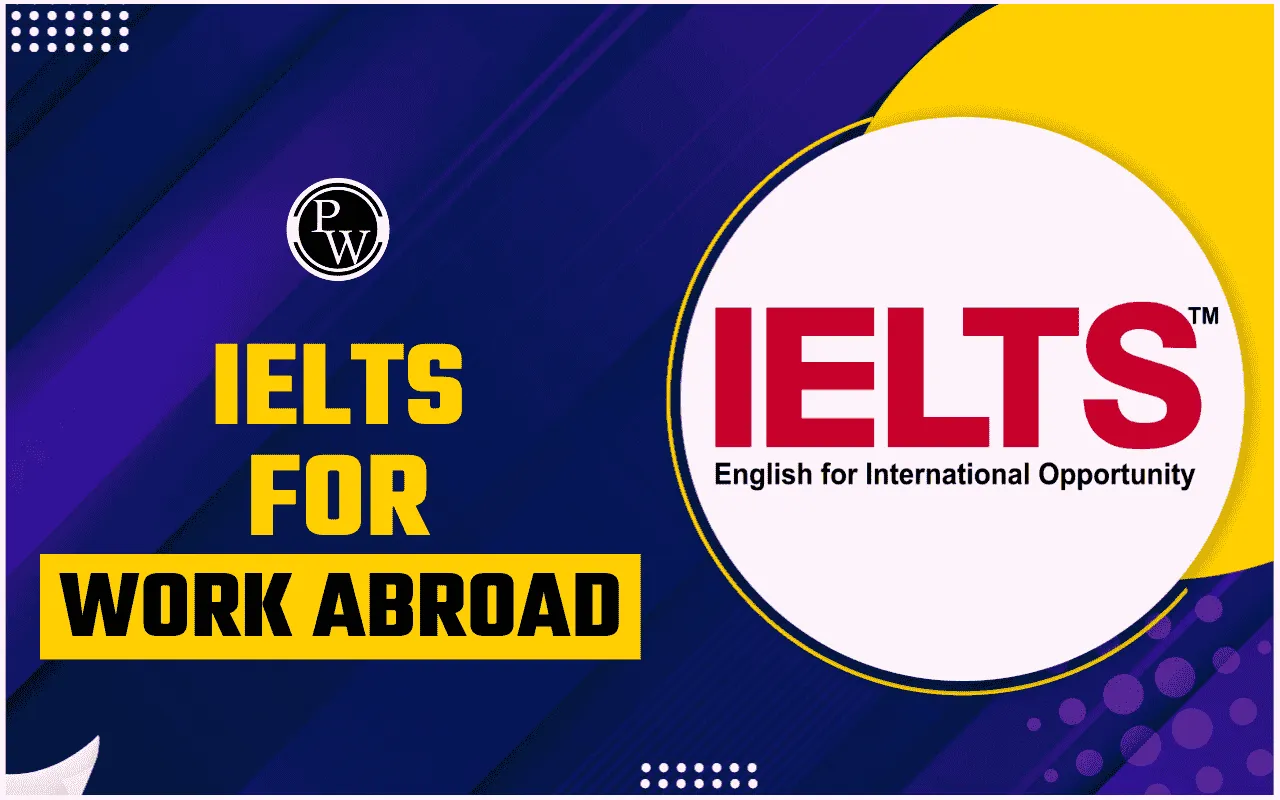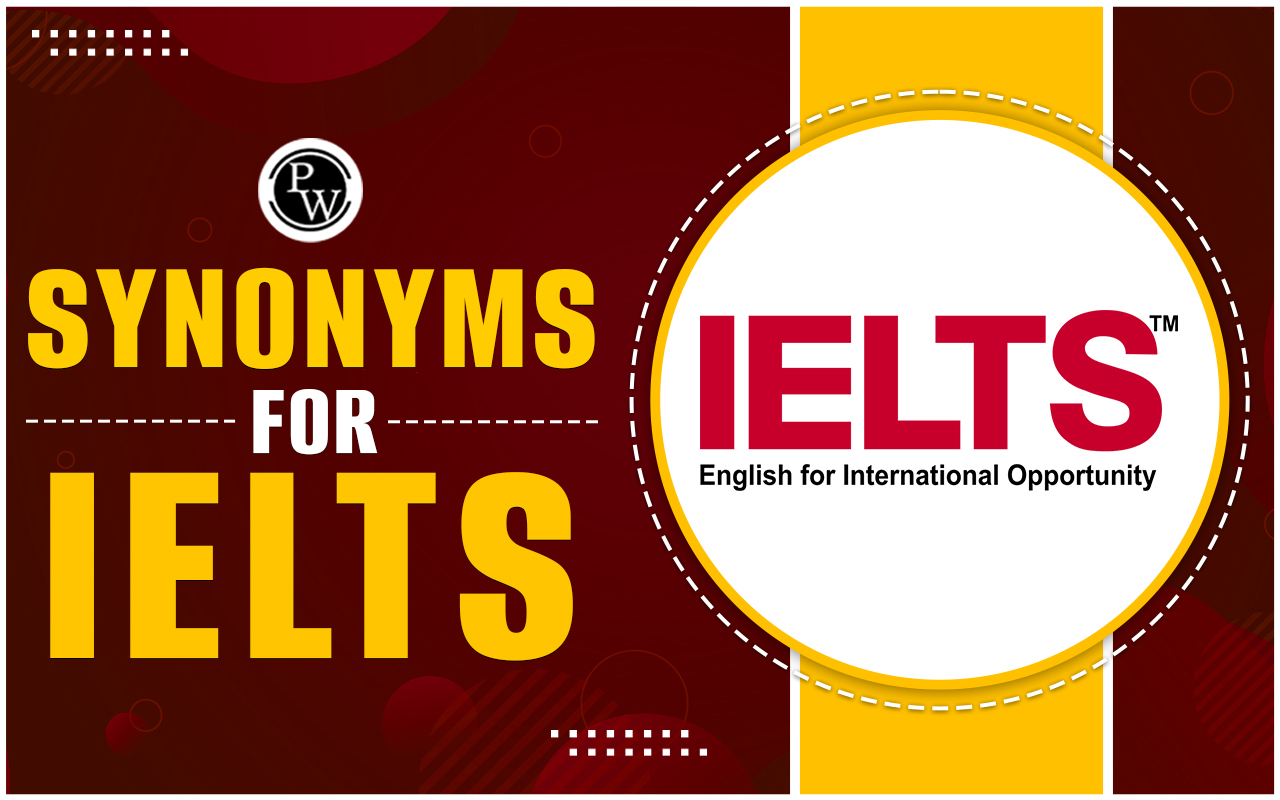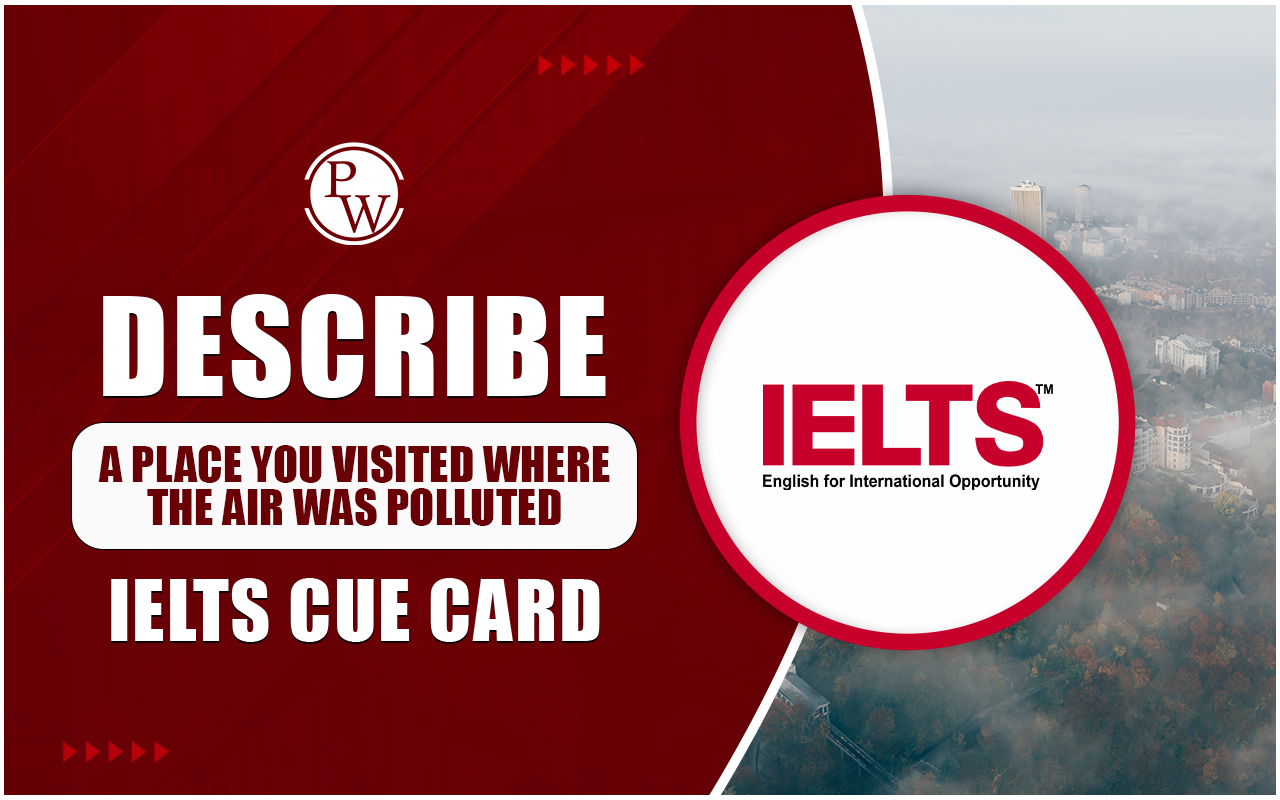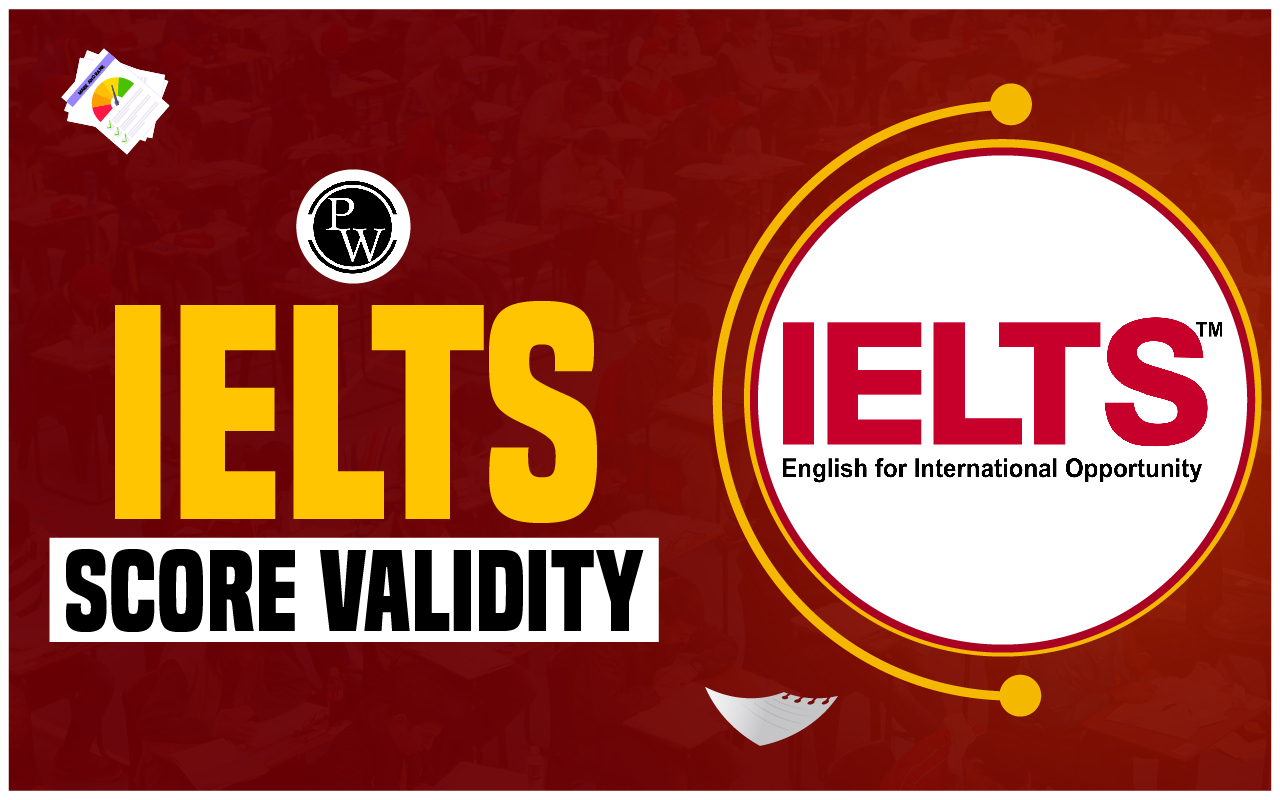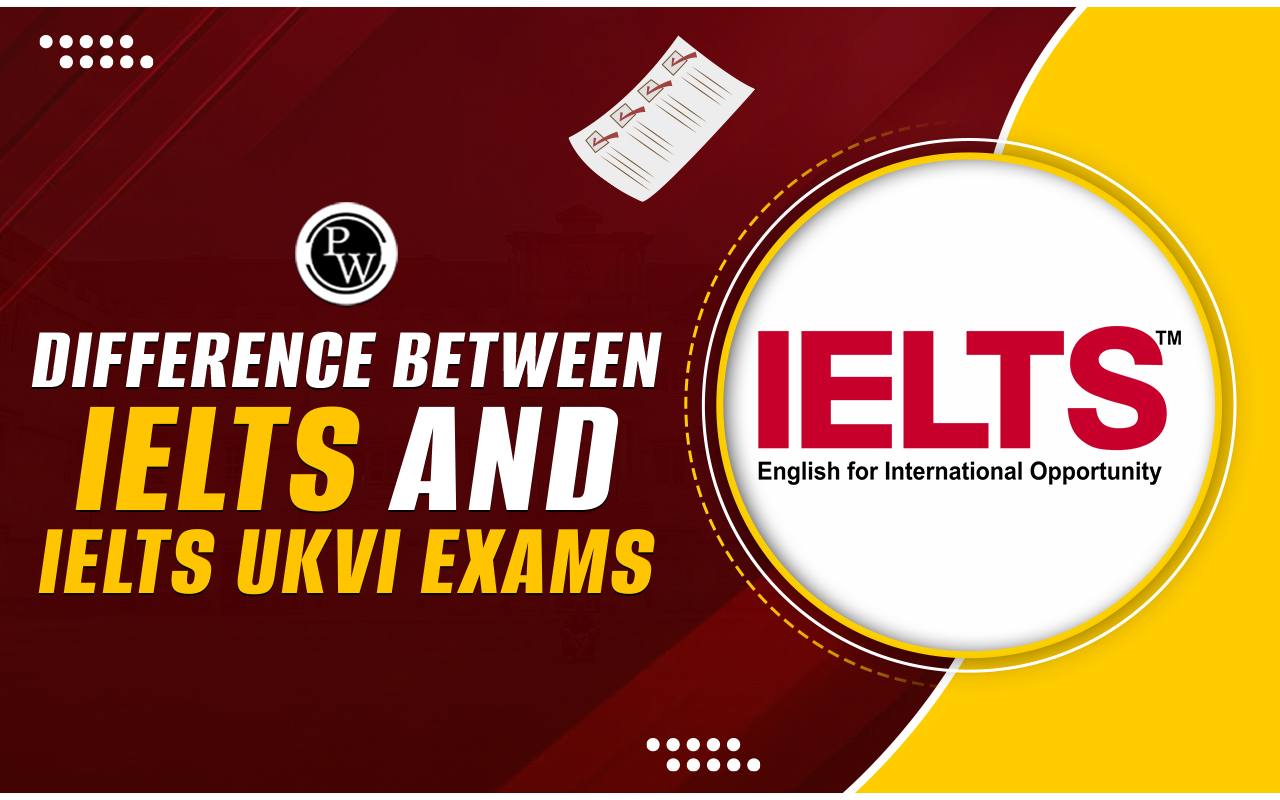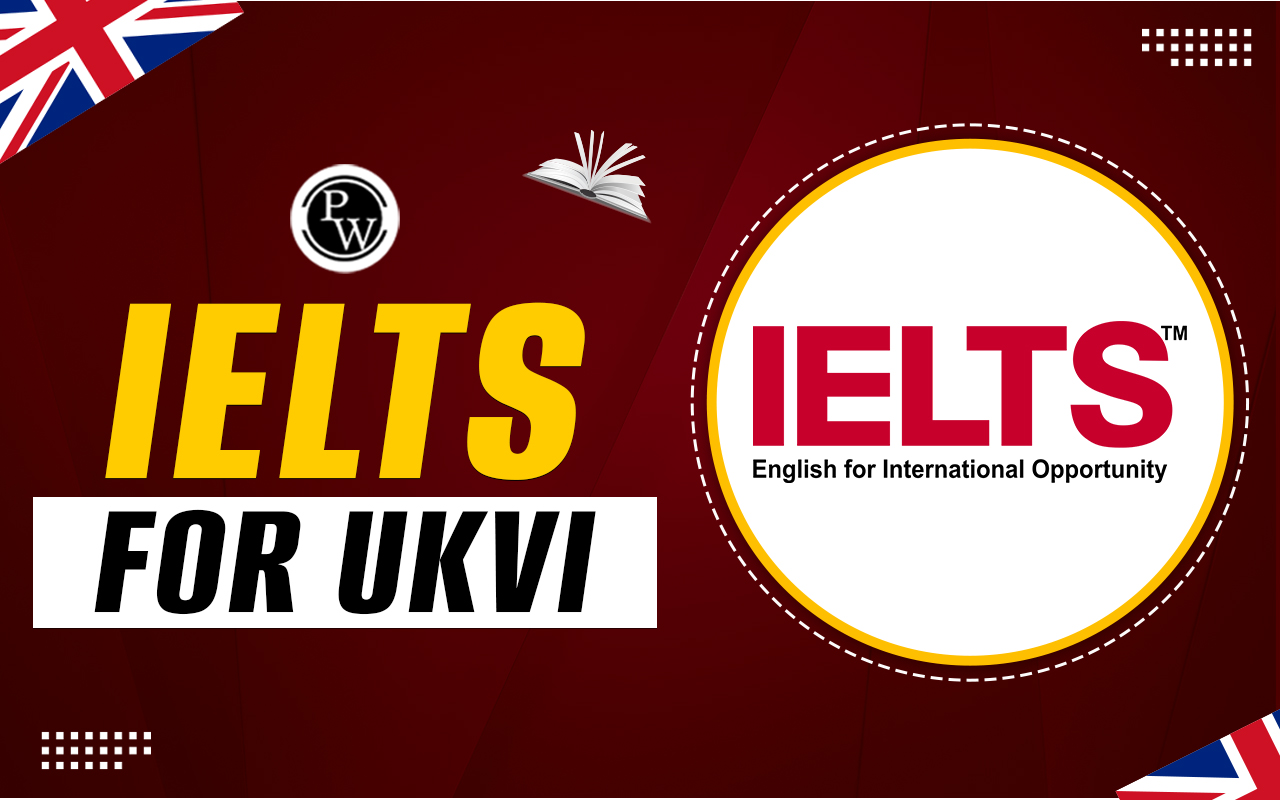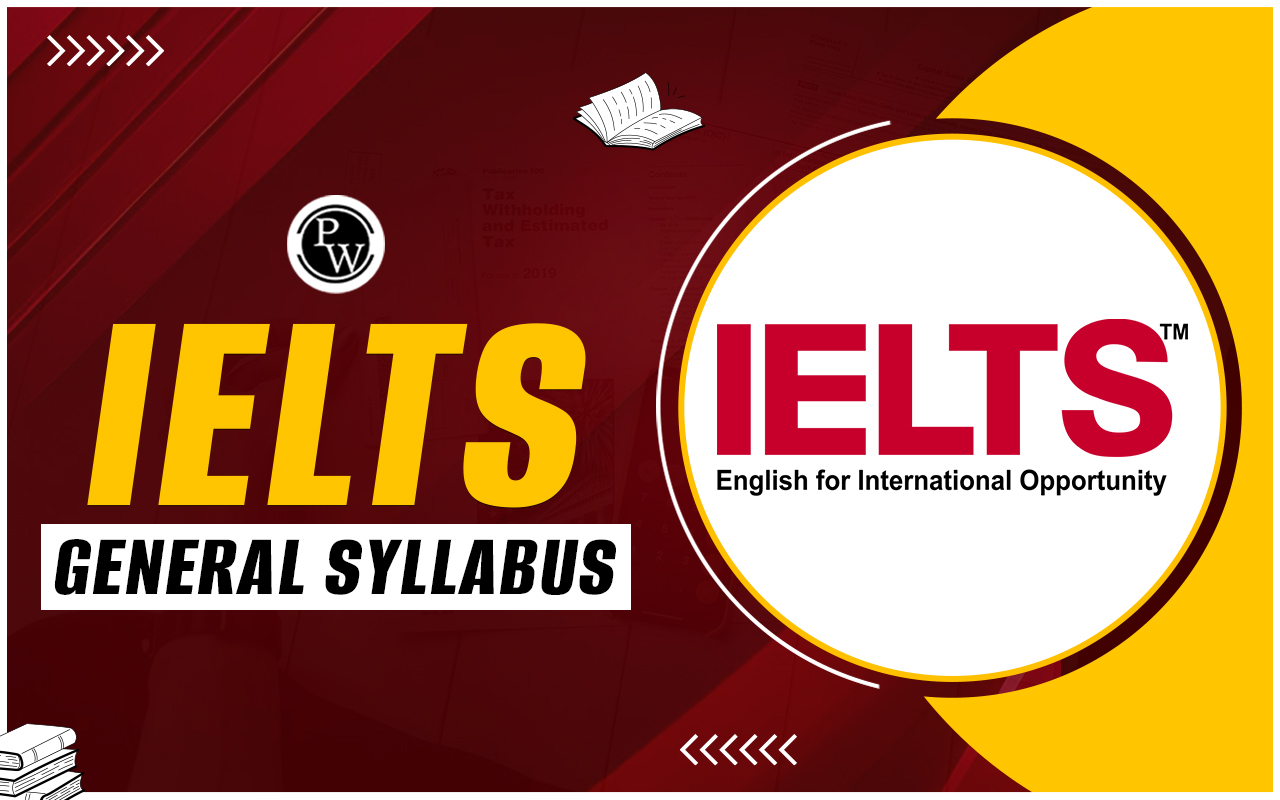
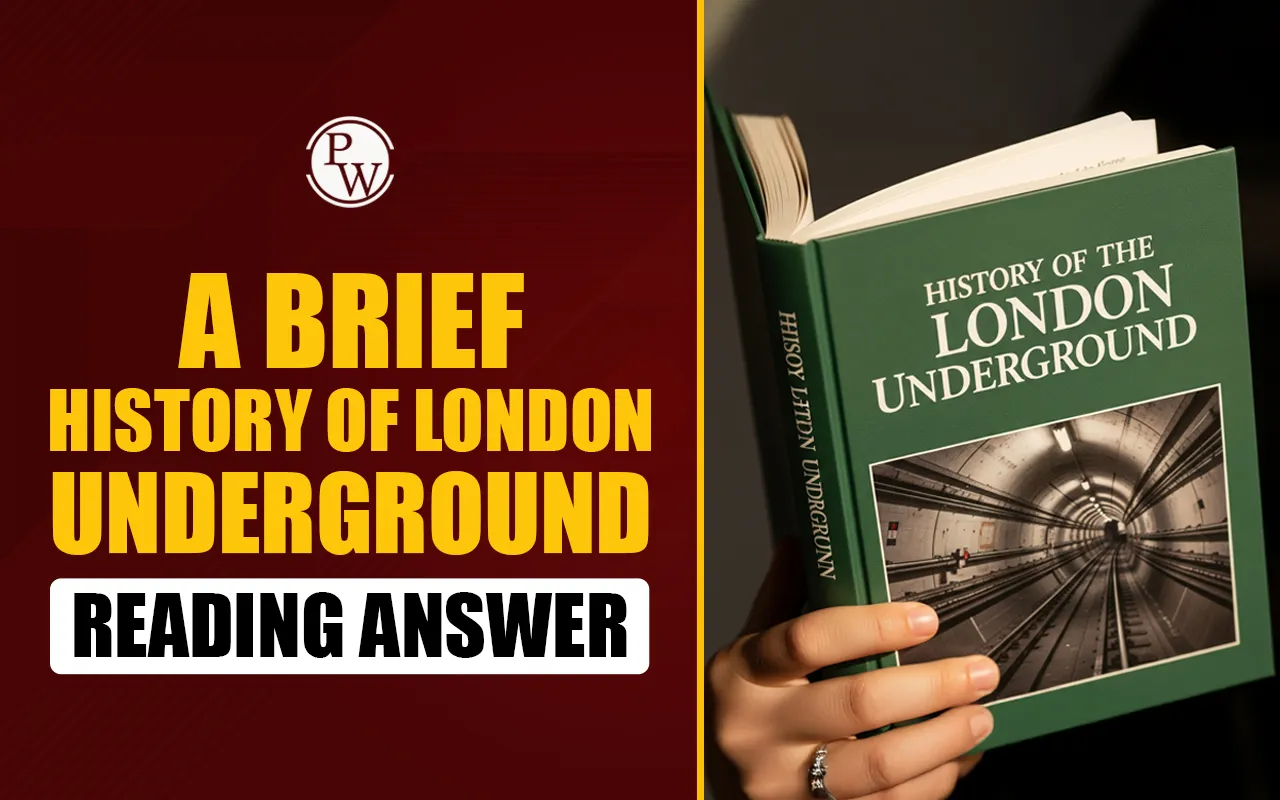
A Brief History Of London Underground Reading Answer: The A Brief History of London Underground Reading Answer passage is a valuable resource for IELTS candidates aiming to strengthen their reading comprehension skills. This text offers a chronological overview of one of the world’s most iconic transport systems—the London Underground. The passage includes historical milestones, technological innovations, and social developments that shaped the network over time. IELTS Reading questions based on this passage will test your ability to understand main ideas, locate specific details, identify opinions, and interpret information from complex texts. Practising with such authentic, factual content helps build confidence for the IELTS Academic Reading module. Read the passage carefully and answer each question based only on the information given.
Free IELTS Reading Practice Tests
A Brief History Of London Underground Reading Answer Passage
A brief history of London Underground
A. It is a staple of not just the capital of the UK, but of British culture in general. It is used by more than 1.3 billion people per year, and it is more than 400 kilometres long. It has survived fires, floods, terrorist attacks and two world wars, and it has been described as “form of mild torture”, a “twopenny tube” and a system of “padded cells”. It is the London Underground, and it has been around for more than 150 years. But how did it all start?
B. The idea of an intricate train network running underneath a vibrant and heavily populated city like London might not be such a novelty in contemporary society, but it certainly was one back in the early 19th century when it was first conceived. In fact, the only reason such a notion-at the time described by The Times as an “insult to common sense” – was even entertained in the first place was pure desperation: during the Victorian era, London roads were insufferably overcrowded, and a Royal Commission of 1846 meant that central London was out of bounds for railway companies, whose mainline railways all had to stop just outside the City and West End. A way to connect Paddington, Euston and King’s Cross was, therefore, a necessity to relieve the congested streets, and Charles Pearson, the man who originally envisioned a Fleet Valley rail tunnel just fifteen years after the first steam passenger service was opened in 1830, couldn’t have come up with his plan for what was to become London Underground at a better time.
C. And so the story begins, in 1863, with the opening of the Metropolitan Railway, which ran between Paddington (called Bishop’s Road at the time) and Farringdon, serving a total of eight stations. Five years later, in 1868, the first section of the Metropolitan District Railway (now incorporated into the District and Circle lines) followed, running from South Kensington to Westminster. Within the first fifty years, much of what is known as Zone 1 of the London Underground system today would be built, all funded by private developers. (Unfortunately for them, none would get the financial returns they had been promised.)
D. People nowadays might complain about the atmosphere in London Underground, particularly in the summer, but it is nothing compared to the conditions the Metropolitan Railway’s passengers had to weather during the first years of its operation. So foul was the smell in the tunnels that spread under the city that drivers were allowed to grow beards, in hopes that this would protect them from inhaling the billowing smokes. (According to the account of a civil servant from that time, the stink in the underground was comparable to that of a ‘crocodile’s breath’.) Nevertheless, the line was a smashing success from the very beginning, with more than 11 million passengers in just the first year.
E. The second spate of construction works arrived with the development of electric traction at the end of the 19th century, which meant that trains no longer had to run through shallow tunnels to allow room for the steam produced by the engines to escape. Instead, new tunnels could now be dug, cutting deeper into the belly of the city. The first deep-level electric railway was opened in December 1890 by the City and South London Railway, connecting King William Street to Stockwell. In the following fifty years, the existing tube lines would systematically be extended, branching into London’s various suburbs. Surprisingly, it would take until 1968 for an entirely new line to open again: the Victoria Line (provisionally named the Viking Line), which was followed by the Jubilee Line eleven years later.
F. As I mentioned above, London Underground’s first lines were built by private developers, meaning that each line was owned by different companies. This changed in 1933 when all of those companies were nationalised and merged to form the London Passenger Transport Board, which controlled London’s railway, tram, trolleybus, bus and coach services. (Coincidentally, 1933 was also the year the first diagram of the iconic Underground map was first presented by Harry Beck.) The London Passenger Transport Board itself was nationalised in 1948.
G. The next wave of changes came at the turn of the 21st century, and has continued to unfold well into its second decade: in 2003, the famous Oyster card was introduced-a wireless travel card that can be charged up with the money to be used for single fares or weekly, monthly, and yearly travel tickets. Busking was also legalised the same year. In 2007, London Underground achieved its next important milestone, reaching 1 billion passengers per year, and in 2009 it was named the best Metro system in Europe. In early 2016, a new Crossrail line named after Queen Elizabeth II was announced, which is due to open in late 2018. This will be the first new line in nearly forty years. And the story goes on.
H. So, there you have it. The underground system that every Londoner loves to hate, but without which London never would have become the sort of financial hub and melting pot it is today. A history spanning across three centuries, all of which contributed to the creation of not just a transport system, but a unique, daring brand, and a cultural phenomenon the likes of which the world had never seen before. Perhaps it is, as its critics contend, too busy, too hot, too pricey and too grimy. But it is also a remarkable achievement, for Londoners and non-Londoners alike, and it should be treasured regardless of its shortcomings.
Also Read:
A Brief History Of London Underground Reading Answer with Explanations
Questions 1–5: Matching Headings (Choose the correct heading for each paragraph A–E)
1. Paragraph A
Answer: viii – A historical overview of the system
Explanation: This paragraph introduces the London Underground’s legacy, age, and cultural role.
Location: Paragraph A
2. Paragraph B
Answer: iii – Solving a growing transport issue
Explanation: It describes why the Underground was created—due to overcrowding and limited railway access.
Location: Paragraph B
3. Paragraph C
Answer: iv – The beginning of an underground network
Explanation: It discusses the launch of the first lines like the Metropolitan and District Railways.
Location: Paragraph C
4. Paragraph D
Answer: v – Early problems experienced by passengers
Explanation: Focuses on bad smells, smoky tunnels, and conditions faced by early passengers.
Location: Paragraph D
5. Paragraph E
Answer: i – Advances made possible by electric trains
Explanation: Explains how electricity enabled deeper tunnels and new line expansions.
Location: Paragraph E
Questions 6–9: Multiple Choice (Choose ONE correct answer)
6. Why did Charles Pearson’s idea gain support?
Answer: B – Because the streets were extremely crowded
Explanation: “...to relieve the congested streets...”
Location: Paragraph B
7. Why did developers fail to make money from the Underground?
Answer: C – Their financial expectations were not met
Explanation: “None would get the financial returns they had been promised.”
Location: Paragraph C
8. What was a major change in 1933?
Answer: A – The network was brought under one control
Explanation: “...all of those companies were nationalised and merged...”
Location: Paragraph F
9. What innovation was introduced in 2003?
Answer: D – A contactless payment system
Explanation: “...the famous Oyster card was introduced – a wireless travel card...”
Location: Paragraph G
Questions 10–13: True/False/Not Given
10. The Times newspaper was supportive of the early Underground idea.
Answer: False
Explanation: It was called “an insult to common sense.”
Location: Paragraph B
11. The Metropolitan Railway used underground electric trains from the beginning.
Answer: False
Explanation: Early trains used steam; electricity came later.
Location: Paragraph D and E
12. The Victoria Line was originally going to be called the Viking Line.
Answer: True
Explanation: “Victoria Line (provisionally named the Viking Line)...”
Location: Paragraph E
13. The Elizabeth Line was opened in 2018.
Answer: Not Given
Explanation: The passage says it was due to open in 2018, but doesn't confirm if it did.
Location: Paragraph G
| IELTS Reading Band Score | IELTS Listening Band Score |
| IELTS Speaking Band Score | IELTS Writing Band Score |
Guidance of PW IELTS
Physics Wallah offers a few popular online IELTS courses for all students. Follow the latest IELTS articles to better prepare for the exam.
| IELTS Registration | IELTS Eligibility Criteria |
| IELTS Exam Pattern | IELTS Syllabus |
| IELTS Exam Dates | IDP IELTS Test Centers |
